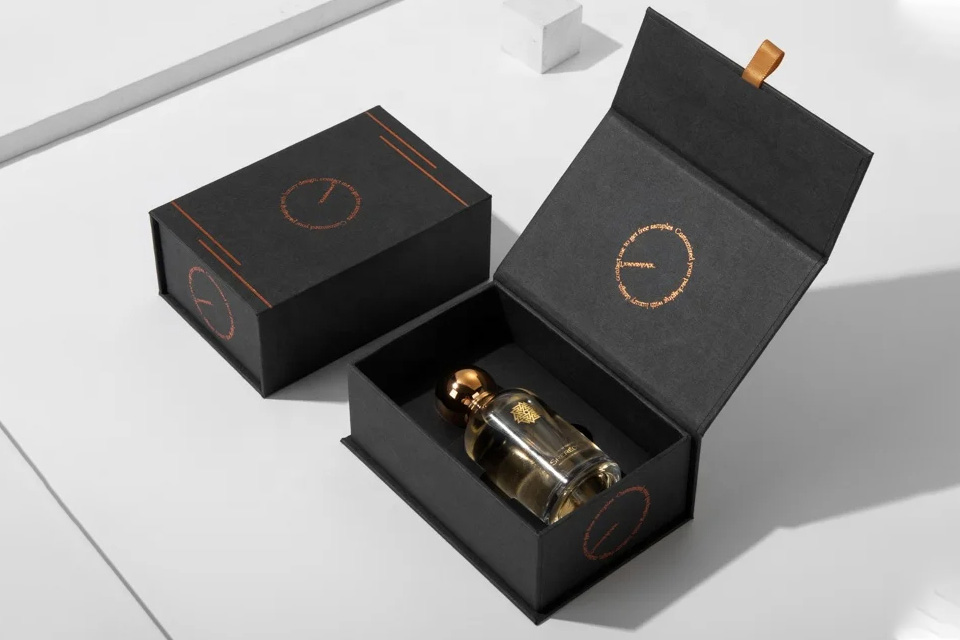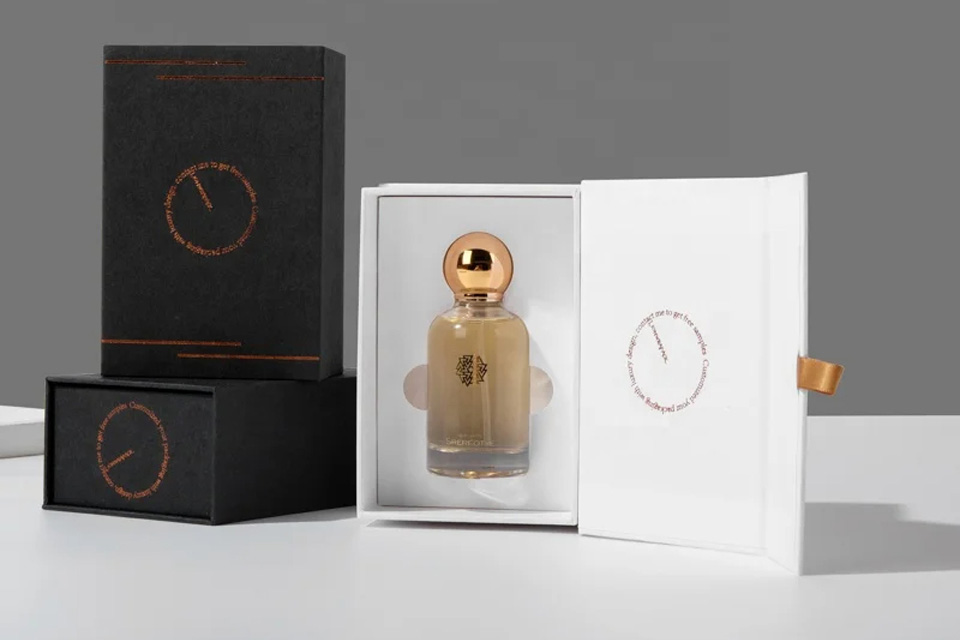The Golden Triangle of Perfume Packaging Design: Temperament, Brand and Attraction
The Golden Triangle of Perfume Packaging Design: Temperament, Brand and Attraction
Introduction
In the global perfume market valued at US$42 billion, packaging design has become the core battlefield of brand competition. According to the data of NetEase Design Institute in 2025, 63% of consumers will change their purchasing decisions due to packaging design, and the premium ability of high-end perfume packaging can reach 42% of the product value. This article reveals the business code behind perfume packaging design from the three dimensions of temperament resonance, brand gene and consumer gravity, combined with classic cases such as Dior and Chanel and industry data of Alibaba International Station, and provides a feasible strategic model for the industry.
1. Temperament resonance: visual translation of product soul
Perfume packaging is a visual extension of smell, and it is necessary to build a cognitive system that links the five senses. The sea blue ripple bottle of Burberry's 2009 summer limited edition men's perfume simulates the texture of waves through 0.2mm gradient sandblasting technology, and the 28° tilt design of the "summer" handwritten font successfully awakens consumers' olfactory memory of seaside vacation. This design philosophy is perfectly reflected in Dior's J'adore perfume - the flowing bottle created by 24K gold foil suspension technology forms a synaesthesia mapping with the rich scent of ylang-ylang and Damascus rose in the fragrance, which increases the product recognition by 57%.
Temperament Shaping Technology Matrix
Design elements
Technical implementation
Sensory trigger points
Color gradient
Nano-level multi-layer coating (such as Chanel No. 5)
Visual layering
Tactile texture
Micron-level laser engraving (such as Tom Ford)
Fingertip memory points
Dynamic light and shadow
Prism refraction structure (such as Lancome Poême)
Spatial atmosphere creation
Data source: Global Packaging Design Association 2025 Annual Report
2. Brand Gene: Modern Interpretation of Cultural Symbols
Packaging is a three-dimensional archive of brand heritage. Chanel No. 5 breaks through the trend of 1920s glitz and glamour, adopts a minimalist design inspired by medicine bottles, shapes the bottle contour through the golden ratio of 1:1.618, and transforms the brand's philosophy of "less is more" into a touchable visual symbol. This genetic inheritance is upgraded to sustainable expression in the new 2025 model: the bottle cap has a built-in NFC chip, which can be scanned to trace the carbon neutral path of the perfume from the Grasse flower field to the production line.
Cultural translation requires modern technology empowerment. Chongqing Jiang Xiaobai perfume series deconstructs the Bashu bamboo slip font into a bottle relief, and uses AR technology to restore the Sanxingdui bronze pattern, which increases the regional cultural awareness by 41%. The "Lacquer Soul" series of Shiseido in Japan reproduces the millennium Maki-e technique through 7 layers of Wajima-nuri technology, with 1,200 gold thread inlays per square centimeter, successfully shaping the benchmark of oriental aesthetics.
3. Consumer gravity: the solution to the attention economy
Packaging design needs to break through the shelf within 0.3 seconds. According to data from Alibaba International Station, the click-through rate of perfume packaging with dynamic visual elements increased by 68%. Among them, the "colorful" box of THEOA perfume achieves light tracing effect through 0.1mm micro-prismatic film, which increases the e-commerce conversion rate by 55%. This law of attraction is even more critical in physical channels. The "click" sound produced by the magnetic opening and closing design of Guerlain's Little Black Dress series successfully established a consumer behavior reflex arc, and the repurchase rate increased by 39%.
Youthful expression requires breaking through traditional media. The "sonic perfume" launched by Sandunban in 2025 has an integrated pressure sensing module in the packaging box. The perfumer's creation diary can be played with a touch of the finger, extending the interaction time of Generation Z to 4.2 minutes. The "ecological blind box" of the Clean Beauty series uses seed paper packaging and degradable bottles to successfully enter the environmentally friendly consumption track, with a premium space of 32%.
Conclusion
Perfume packaging design has evolved from an aesthetic competition to a systematic brand project. Establish emotional ties through temperament resonance (such as Burberry's summer series), build cultural moats through brand genes (such as Chanel No. 5), and solve the attention dilemma through innovative interaction (such as THEOA's streamer design). The coordinated implementation of the three principles can increase the brand's market share by more than 25% (data from the International Packaging Association). It is recommended that companies contact our factory to obtain real-time insights into material innovation and consumer trends, and incorporate packaging design into the core strategy. In this era of "appearance is justice", brands that master the golden triangle rule will surely gain an advantage in the fragrant commercial battlefield.


